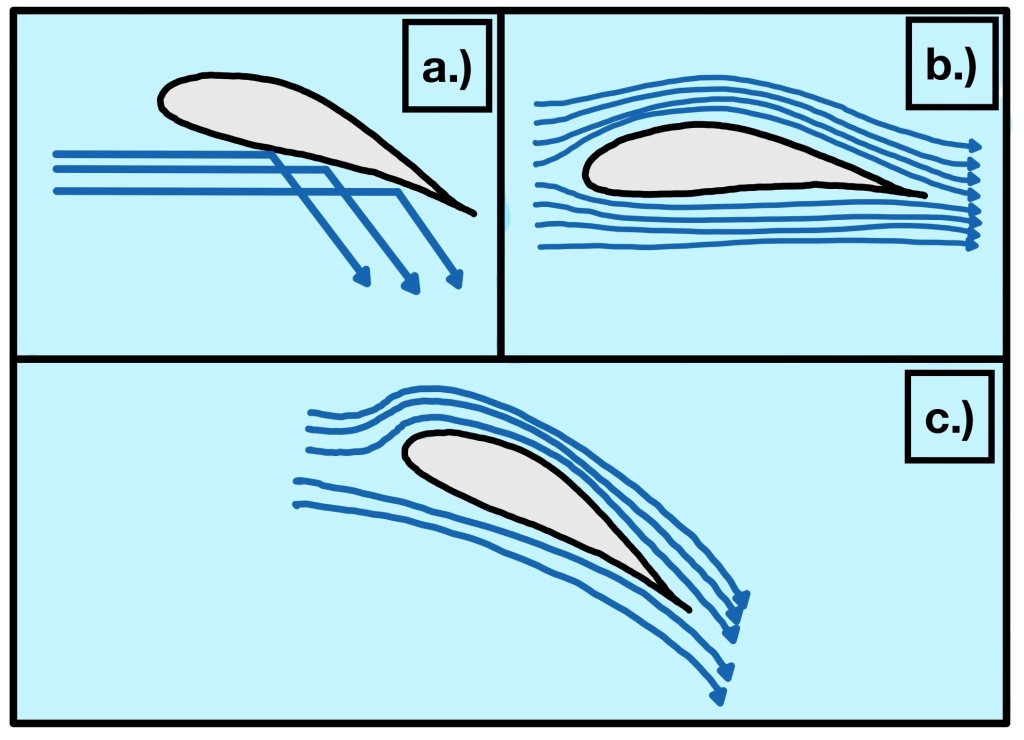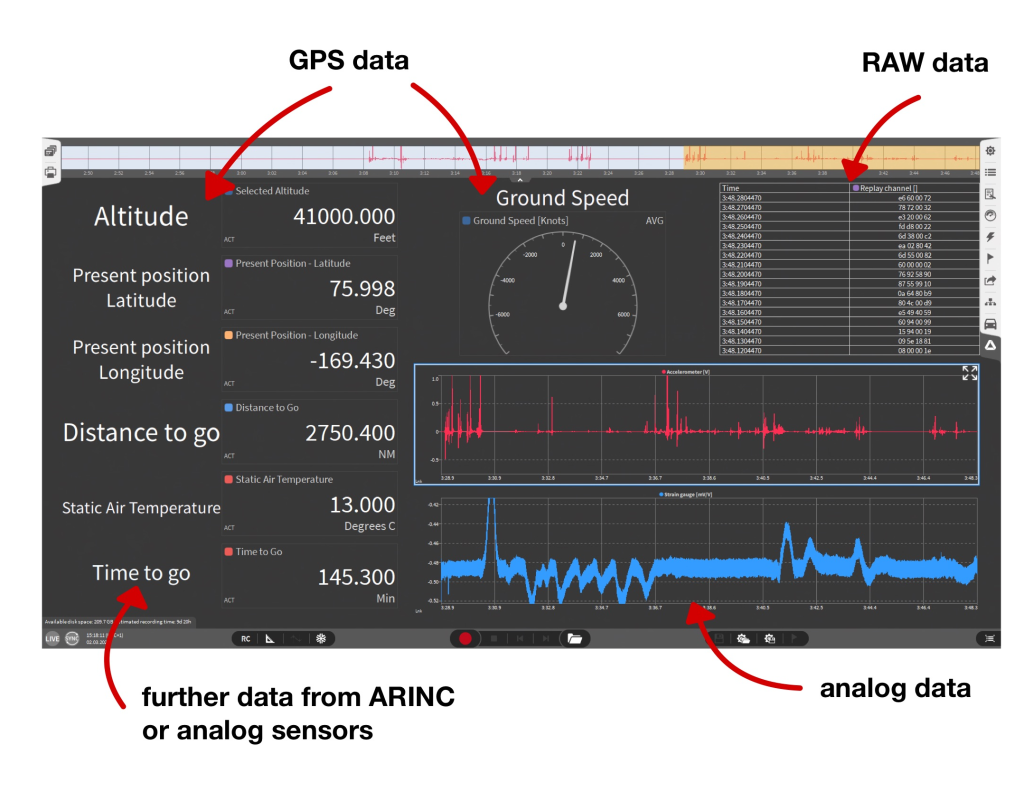Aeronautics – The art of flying

Who does not enjoy flying to distant countries on vacation? Nowadays this is not only cheaper but also easier than ever before. However, aeronautics is one of the most challenging branches of engineering. This is not only due to the high complexity of the subject, but also due to the particularly strict safety requirements.
In this article, we therefore want to give you an insight into both topics: What makes the physics of flying so complex and why are the testing procedures so extensive?
Why flying is so difficult
In the year 2000 the Cambridge Institute of Mathematics formulated seven unsolved problems, which are among the biggest and most difficult questions in mathematics (and science). If you solve one of these problems, you receive a cash prize of one million dollars.
The proof that a regular solution of the Navier-Stokes equations exists is one of these problems. The Navier-Stokes equations describe in detail the flow of liquids and gases. However, the exact description of air flows is an essential part of aeronautics, because how can you get an airplane into the air if you do not know the underlying processes?
Therefore, an exact solution of the Navier-Stokes equations is not possible until today. Nevertheless, through elaborate computer simulations and strong simplifications, scientists found and applied the basic principles of flight. Now we can ask the question: Why does an airplane fly?
Flying made easy
Engineers and scientists were able to identify three processes that are essential for flying and thus for aeronautics:
- When air particles hit the bottom of a wing, they are deflected downward (Figure 1.a). This process “pushes” the aircraft upward, much like throwing small balls at it. This effect is relatively small.
- In most cases, aircraft wings are shaped differently on the upper and lower sides. This causes the airflow on the upper side of the wing to have a higher velocity than on the lower side. This is because the air particles on the top have to travel a longer distance in the same amount of time. Due to the difference in velocity between the upper and lower side, there is now (according to Bernoulli’s principle) also a difference in pressure between the two sides. This pressure difference leads to a force which pulls the airplane upwards (Figure 1.b).
- Airplane wings are designed in such a way that they push the incoming airflow downward. This pushing away produces a thrust similar to that of rockets (Figure 1.c). This effect depends strongly on tilt: The steeper the wing, the more air it pushes away downward. This is why airplanes face steeply upward with their tip when taking off.

Figure 1: The physical principles of flying
As you can see from all these processes, airflow is essential for flying. But why do airplanes fly at altitudes of several kilometers, when the air there is very thin?
What at first seems like a disadvantage is actually twice as useful: To compensate for the weaker lift due to the lower air pressure, airplanes also have to fly much faster. Consequently, the flight duration is shorter. However, due to the lower air density there is also less air resistance, which significantly increases efficiency.
Testing – The essence of aeronautics
Describing aerodynamic processes theoretically is only possible with a great amount of effort. This makes the role of test and measurement technology even more important. Aircrafts, for example, are inspected in great detail before takeoff in order to detect design and component defects. This is the only way to ensure appropriate safety for all passengers and the crew.
Durability and stress tests are an essential part of this process. For example, one may take measurements on individual components or even on the entire body of the aircraft. Especially the latter requires hundreds of measurement channels combined with strain gauges, which have to be read out simultaneously.
Testing the internal electronics of aircrafts is also necessary to ensure that they work properly. Nowadays, many processes in aircraft run automatically, which naturally creates new sources of error. In addition, one controls aircrafts no longer by mechanical switches, but by electronic lines. When the pilot pulls a switch, an electrical signal is generated, which is then converted back into a mechanical signal at e.g. the engine. One calls this fly-by-wire. Many of these systems work via the so-called ARINC 429 interface. You can find a separate blogpost about ARINC 429 here.
Airplanes also experience extreme stresses during operation. For example, very low air temperatures can occur at an altitude of 12 km, while at the same time very high temperatures prevail in the vicinity of the engines. It is precisely for this reason that regular maintenances and inspections are necessary in aircraft technology. There one makes a distinction between A, B, C, IL and D checks. The A-check is a routine inspection, while a D-check is a major overhaul.
DEWETRON – A reliable companion in aeronautics
Aeronautics demands the highest standards of measurement technology because actual human lives depend on it. This is exactly why we at DEWETRON have developed special systems for aerospace testing. Our systems can record hundreds of distributed channels and offer a sampling rate of up to 10 MS/s. In addition, our measurement systems provide you with data in real time – so you can view and analyze it directly in the control room.
Our in-house OXYGEN data analysis software also offers a wide range of other options relevant to aeronautics. For example, features such as recording, FFT analyses as well as range or order analyses do prove useful in maintenance and service. In addition, OXYGEN supports common standards such as the ARINC 429 interface which is a common standard in many aeronautic systems.

Figure 2: OXYGEN in use
Have we caught your interest? If so, we would be very happy if you visit our DEWETRON website. You can also contact us directly, just use the contact form below. You will also find further relevant posts on our website. These include blogposts, whitepapers and video tutorials. You can even follow us on YouTube, Twitter or LinkedIn.





